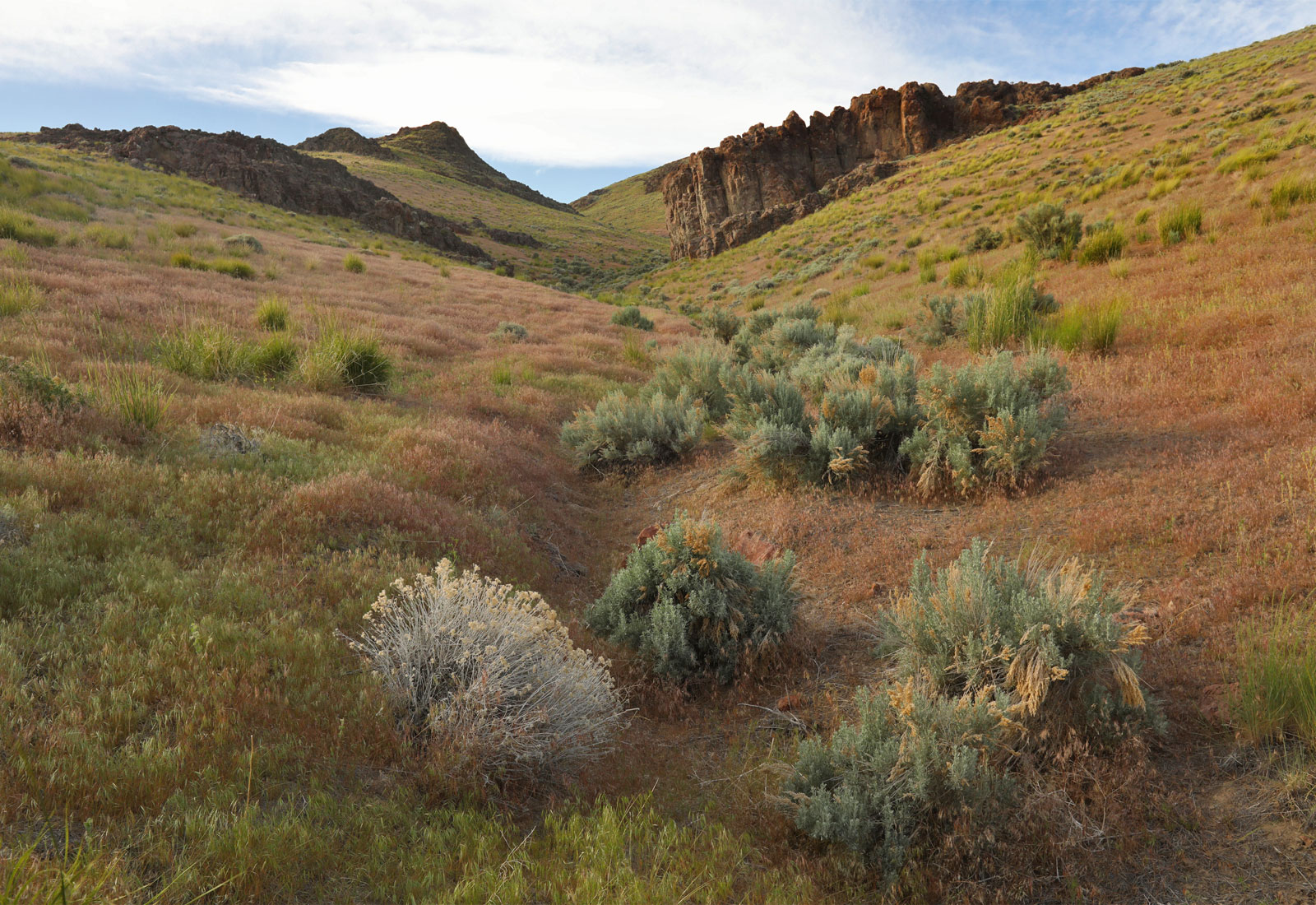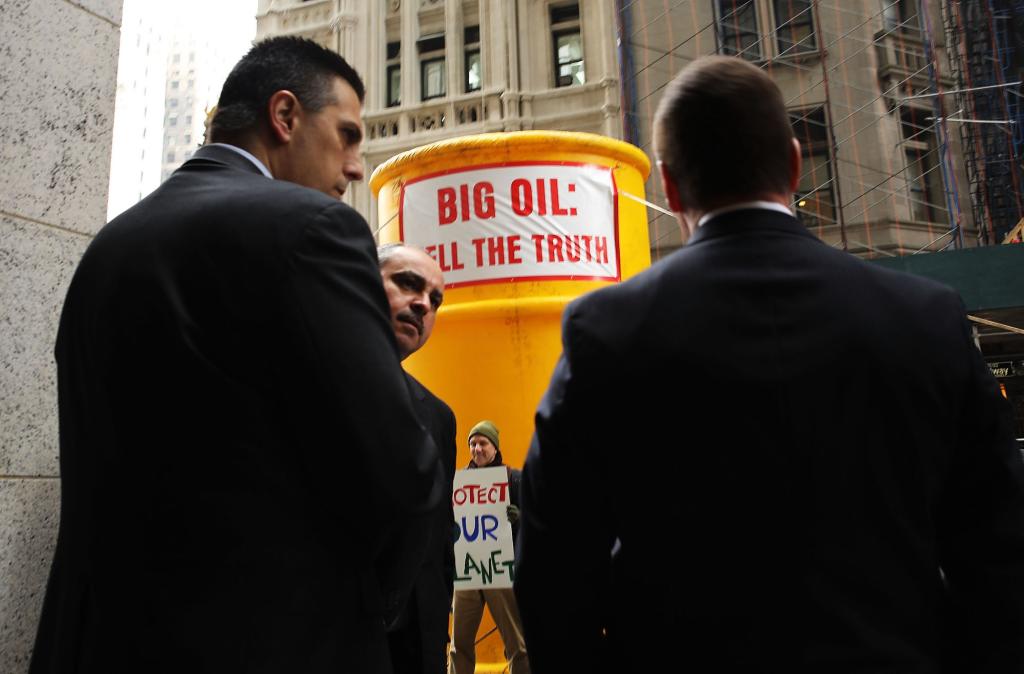When Daranda Hinkey, a 23-year-old member of the Fort McDermitt Paiute and Shoshone Tribe in northern Nevada, gazes across the austere expanse of old growth sagebrush 25 miles southwest of her tribe’s reservation, she doesn’t see Thacker Pass, the future site of America’s largest lithium mine. She sees Peehee Mu’huh, or “rotten moon,” the Paiute name for a place made sacred by the bones of her ancestors.
According to stories told by elders, Peehee Mu’huh got its name many generations ago, when Paiute people were massacred there by members of a warring tribe. Later, a second massacre took place: On September 12, 1865, the 1st Nevada Cavalry snuck into a Paiute camp in the Thacker Pass area before dawn and murdered dozens of men, women, and children in cold blood. This massacre, which is described in government survey documents, contemporaneous news articles, and eyewitness accounts, appears to have had just one adult survivor: Ox Sam, Hinkey’s great-great-great grandfather.
Hinkey is one of the founding members of Atsa Koodakuh wyh Nuwu, or People of the Red Mountain, an organization formed by members and relatives of the Fort McDermitt Tribe who want to stop Lithium Nevada Corporation from placing a mine on land they believe is a mass grave. Most of the People, as members of the group call themselves, are blood relatives of Ox Sam and feel a special connection to this place. “We’re all descendants of a survivor,” Hinkey told Grist. “We feel like we were meant to be here at this time, fighting for the land.”

Hinkey and her family are not the only ones who want to protect Thacker Pass. In recent months tribes throughout the region, as well as state and national organizations representing Native Americans, have spoken up in opposition to the lithium mine, citing the cultural, historical, and spiritual significance of the land, concerns over environmental impacts, and a lack of tribal consultation. While the Bureau of Land Management, or BLM, sent letters to four nearby tribes notifying them about the mine during the federal environmental permitting process in late 2019 and 2020, none of those tribes’ leadership offered input before the agency formally approved the mine in January. Other tribes that have ancestral ties to Thacker Pass weren’t contacted at all.
Janet Davis, the chair of the Pyramid Lake Paiute Tribe, said that the BLM’s outreach to the tribe about the mine was inadequate. “One letter and some emails to the THPO [Tribal Historic Preservation Officer] during the pandemic when she was furloughed does not constitute ‘meaningful consultation,’” Davis wrote in an email to Grist. “If the BLM permits the mine at Thacker Pass it will mean our history and culture have been destroyed.”
The conflict starkly illustrates the tradeoffs involved in tackling climate change in a business-as-usual way. According to the International Energy Agency, demand for lithium could rise forty-fold by 2040 if the world rapidly embraces electric vehicles, which use lithium-ion batteries. Over its 41-year projected lifespan, Lithium Nevada expects the Thacker Pass mine to generate up to 80,000 tons of lithium carbonate a year — equal to roughly a fifth of global lithium production in 2020. But Native opponents on the front lines of mining say that the price of that lithium is too high.
“Annihilating old growth sagebrush, Indigenous peoples’ medicines, food, and ceremonial grounds for electric vehicles isn’t very climate conscious,” said Arlan Melendez, the chair of the Reno-Sparks Indian Colony, a tribe in Nevada whose members have cultural ties to Thacker Pass.
While the BLM contacted the Fort McDermitt Tribe’s leadership about the mine last year, Hinkey wasn’t aware of the project until after it was approved and she read about it in the news. In March, Hinkey traveled to Thacker Pass with several family members to see the land for herself. There, she met Max Wilbert and Will Falk, two non-Native environmental activists who had been camped out protesting the mine since January. After speaking with them and seeing where the mine would be built — on land filled with traditional foods of her people, like chokecherries and mule deer — Hinkey felt compelled to take action.
In late March, Hinkey and her family set up their own protest camp at Thacker Pass and began inviting others to join them. Native people from around the area started coming to Thacker Pass to gather traditional food and medicine, conduct ceremonies, and protest the mine. At camp, elders shared what they had been told about the area: how their ancestors used Thacker Pass to travel through the mountains, how they hid from U.S. soldiers there when Native Americans were being rounded up and sent to live on reservations in the late 19th century, and the tragic history buried in these soft, lithium-rich soils.
Visiting Thacker Pass “opened people to speak their story,” Hinkey said. “It has brought so many people together, especially after COVID and being apart.”

That includes tribes headquartered hundreds of miles away, like the Reno-Sparks Indian Colony. Melendez says he only learned about the mine in the spring when concerned elders from the Fort McDermitt Tribe reached out. “Our tribal council had no idea” about the scale of the project, Melendez said. “We felt that was unacceptable.”
In July, the Reno-Sparks Indian Colony and the People of the Red Mountain intervened in a federal lawsuit against the mine. In August, the Burns Paiute Tribe, headquartered in southeastern Oregon, joined the suit as well. The lawsuit, launched by a rancher and several environmental groups in February, alleges that the BLM illegally ignored potential impacts on water resources and threatened wildlife like the greater sage grouse when it approved the mine. The tribes, meanwhile, are alleging that the agency violated the National Historic Preservation Act by failing to consult them.
So far, things haven’t worked out in the tribes’ favor. In September, U.S. District Court Judge Miranda Du denied their motion for an injunction to stop Lithium Nevada from carrying out an archaeological survey of Thacker Pass without further consultation. In her opinion, Du wrote that while there was “no question BLM could have done more” to consult tribes, the agency made a “reasonable decision” about which ones to contact. Du also felt the evidence presented in court for a massacre at Thacker Pass — government survey notes from 1868 describing “Indian skulls” scattered across nearby land — didn’t prove human remains are present in the area Lithium Nevada will disturb. The tribes are now appealing her decision, citing new evidence that they claim shows that the 1865 massacre occurred “at least partially” within the project area, including an eyewitness account Ox Sam gave to American labor organizer Big Bill Haywood.
Even if the tribes lose their appeal, Du has yet to rule on the merits of the underlying case, which will determine if the BLM’s permit was legal or not. Lithium Nevada is also waiting on a state water pollution permit before construction of the mine can begin, as well as an “eagle-take permit” from the U.S. Fish and Wildlife Service.
The local opposition at Thacker Pass is “very alarming to the mining industry,” said Thea Riofrancos, a political scientist at Providence College in Rhode Island who studies the lithium industry. Nevada, Riofrancos said, is perceived by miners to be “the most friendly jurisdiction in the world” due to lax regulations and a “perception that you don’t get militant resistance” there.
“With Thacker Pass, what you’re seeing is the potential for more community-level opposition to stall, and potentially obstruct, a mine considered to be really strategic to the U.S.,” Riofrancos said. “It represents a renewed era of protest in Nevada.”
A spokesperson for Lithium Americas Corporation, Lithium Nevada’s parent company, told Grist the company is “committed to doing the pre-construction work right and has engaged a highly experienced archaeological firm,” Far Western Anthropological Research Group, “to follow strict standards when handling any artifacts found.”

“We’re thrilled members of the Ft. McDermitt tribe will work alongside Far Western Anthropological Research Group to monitor the project and ensure Native American interests are respected,” the spokesperson wrote.
Fort McDermitt tribal chair Maxine Redstar declined to be interviewed for this story. But in past interviews, Redstar has described the challenge of balancing competing viewpoints about the mine within her tribe. Some tribal members appear interested in the jobs and job training Lithium Nevada is offering, while others might be swayed by the company’s promises of a larger economic boost for the region. Redstar herself has expressed optimism at the prospect of well-paid mining jobs for her small, rural community, but she has also voiced concern over a lack of consultation on the cultural significance of Thacker Pass in correspondence with the BLM.
Lithium Nevada declined to comment on either the BLM’s tribal consultation process or its own efforts. But in court documents, the company describes a more than decade-long history of outreach to local community members, including local tribes, about the mine. The BLM and its parent agency, the Department of the Interior, declined to comment for this story.
Whatever the courts decide about the mine, opponents seem committed to resisting it. Protestors continue to camp out at Thacker Pass, spread the word on social media, and hold awareness-raising events. On September 12, roughly 100 people showed up to commemorate the 1865 massacre. Hinkey says the “one person” the People are most hoping to attract the attention of is Debra Haaland, the first Native American secretary of the Interior Department and a longtime champion of Native rights.
“Her administration, the Biden administration, says they are going to have their ears open more and listen to what Indigenous people have to say,” David Hinkey, Daranda Hinkey’s great-uncle, told Grist. “Now is the time to step in.”



